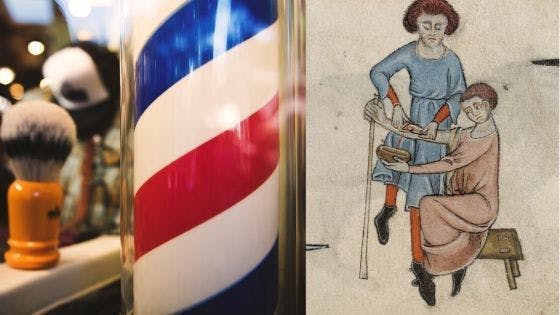The Future of College Admissions: SAT, ACT, and Admissions Rates
Many students think of the ACT and SAT as tests they have to take to get into college. They study a little bit, take the test, and then apply to the schools where their scores are deemed acceptable. However, the world of college admissions is changing and these tests might not hold as much sway in the future.
Currently, there are 850 colleges and universities in the USA that have an SAT/ACT optional admissions policy. This means that students do not have to take these standardized tests in order to be accepted. Some of the schools that have adopted this policy include Indiana State University, Johnson & Wales University, and Kansas State University.
Some people are in favor of this new trend concerning college admissions because they argue that the tests are “a cocktail of trickery [that do not allow] enough time, and [require] idiosyncratic ways of thinking,” as Anthony Russomanno of the Princeton Review said. The SAT and ACT were originally designed to create a bell-curve distribution of test scores, but opponents say that this does not prove the tests are fair. Instead, they say that the tests would be fair if students could study for them in a similar way that students can study for other tests, such as AP and IB exams.
So how do students’ results on these tests affect them if they do apply to schools that still require them? Several of the top schools in the nation recently released their admissions data for the Class of 2016, and although there is not an obvious link between SAT/ACT score and acceptance rate, it seems somewhat obvious that the better a student’s score, the more likely he/she would have been accepted into this increasingly selective schools.
- Harvard only accepted 5.95 percent of the students who applied last year. This is the lowest acceptance rate the school has ever had.
- Yale accepted a few more (6.8 percent) than Harvard did, but this is still down from how many were accepted the year before (7.4 percent of applicants). More than 1,000 students were put on a wait list.
- Cornell had 37,800 students apply and only admitted 6,123 students (or 16.7 percent).
- Williams College allowed 16.7 percent of applicants to begin their studies at the school. The school has high hopes for this class and expect over half of them to graduate as valedictorians or in the top 1 percent.
- Johns Hopkins had the largest admissions percent (17.7 percent) of these top schools.



